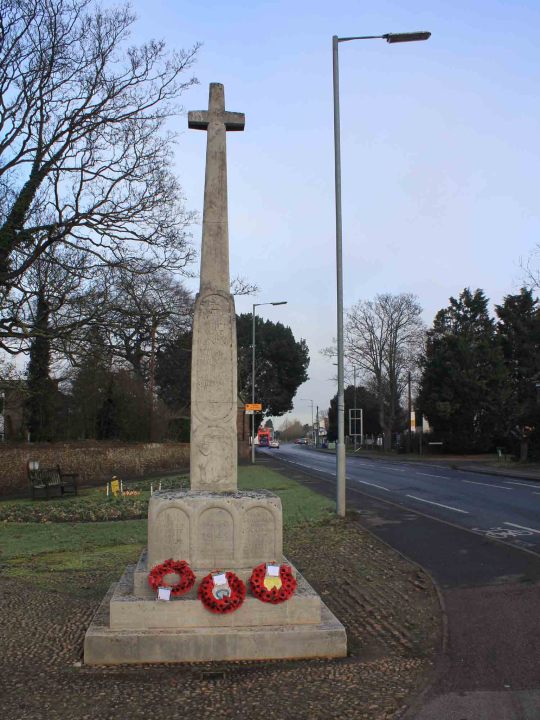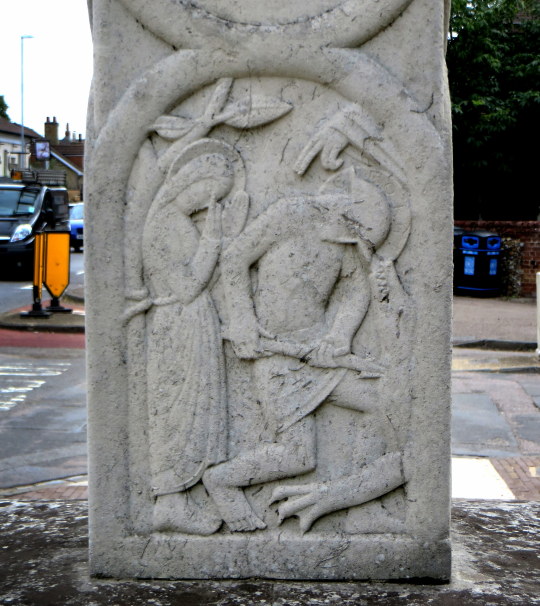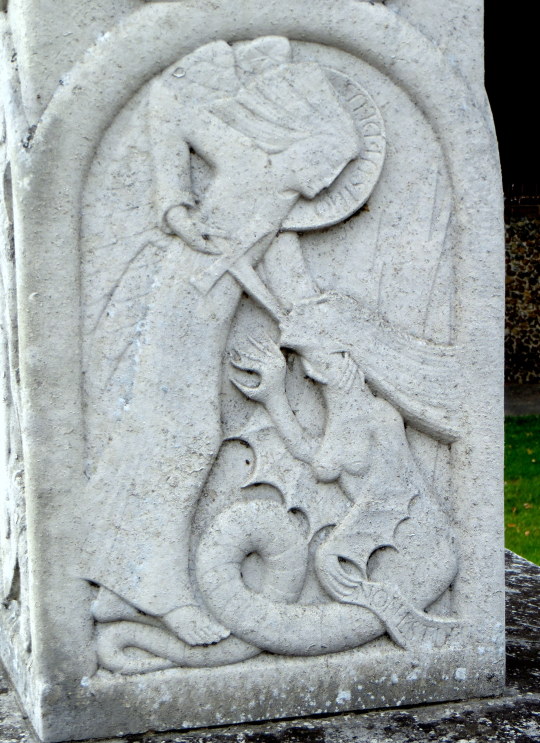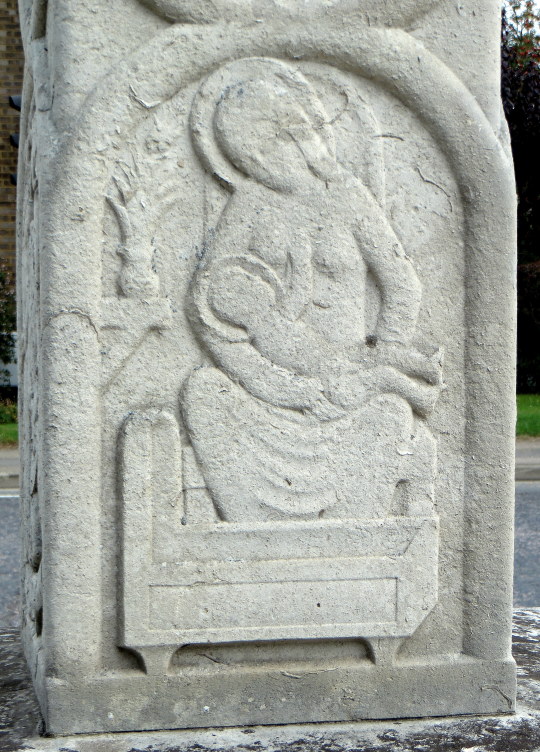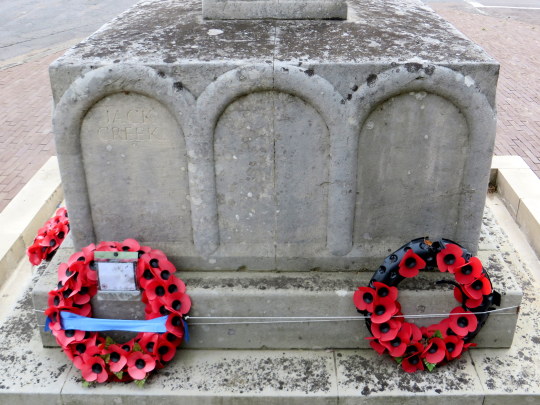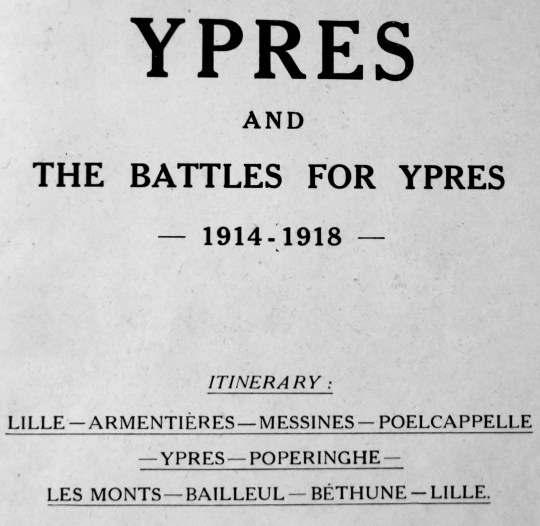
These pictures are from the ‘Michelin Guides to the Battle-Fields: Ypres and The Battles for Ypres’. It was a book giving the history of the first world war with maps and how each area was affected over time. I think most importantly they have pictures of the Ypres area during and directly after the war showing the carnage and the ruins, both with ruined machinery and buildings.
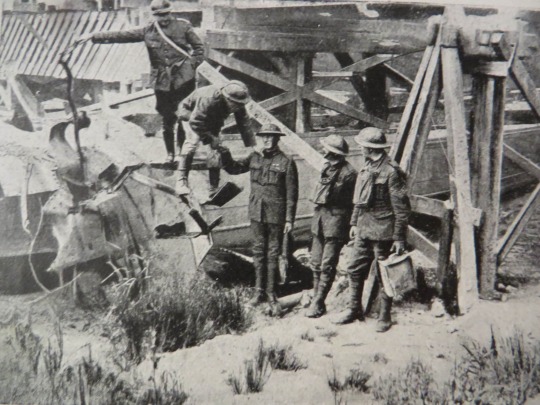
A difficult crossing. British and Belgian soldiers.
Today I think it might be easy to think a guide like this is distasteful, but there was a real demand of people who wanted to see where they lost family members and after the carnage the booklet is to the point with it’s histories.
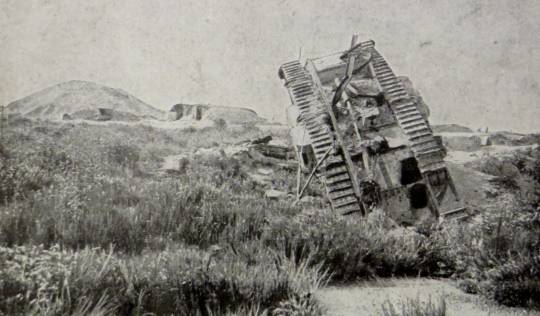
Langemarck, with destroyed tank. The mound in the middle distance is all that remains of the church.
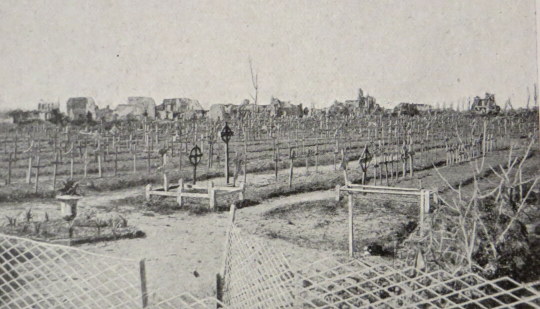
The British Cemetery Just outside of Ypres, on the road to Menin.
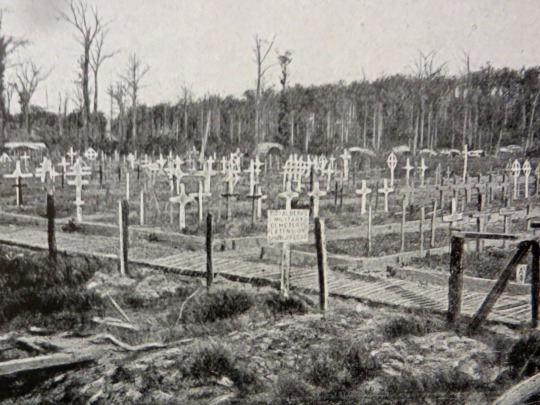
British Cemetery on the Polegsteert Road at Messines.
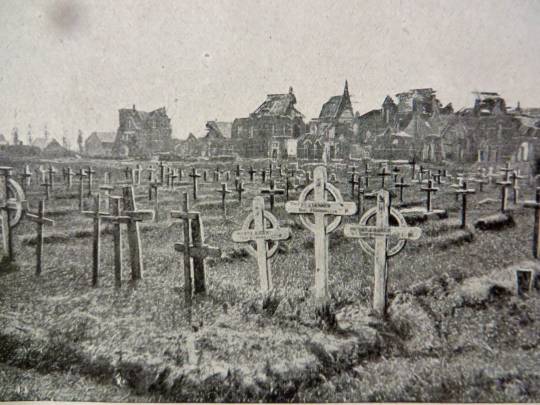
British Cemetery at the Hospice Notre-Dame.
The graveyards of the dead were rows of graves with wooden crosses staked in the ground while designs and ideas for war monuments were being designed. After the monuments had been designed and the graves laid out with stone uniformed crosses the families were asked if they would like to purchase the original wooden crosses and have it shipped back, those that where not bought by families were burnt.
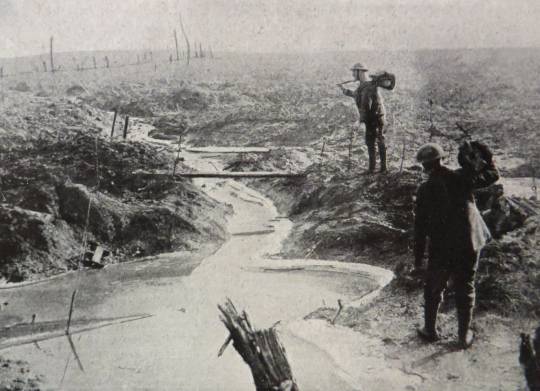
The Flanders Battlefield in Winter.

The slopes of Scherpenberg Hill.
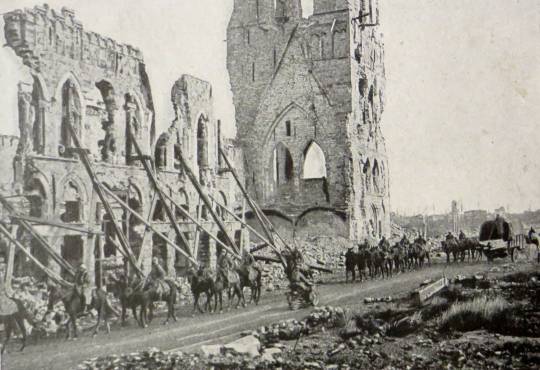
French troops passing in front of the ruins of Ypres Cloth Hall.
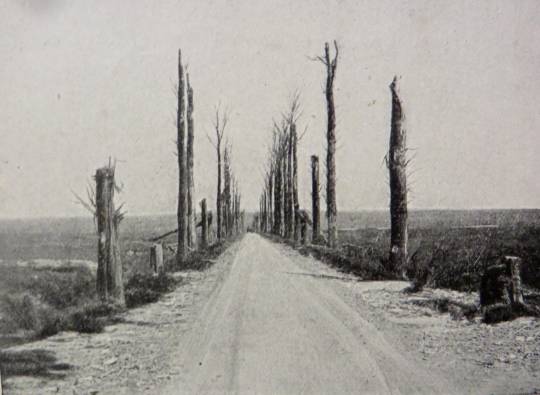
Messines Road.
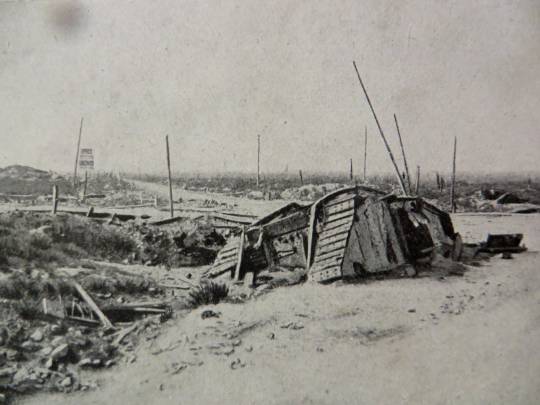
Destroyed British Tank sunk in the mud at the entrance to Poelcappelle.
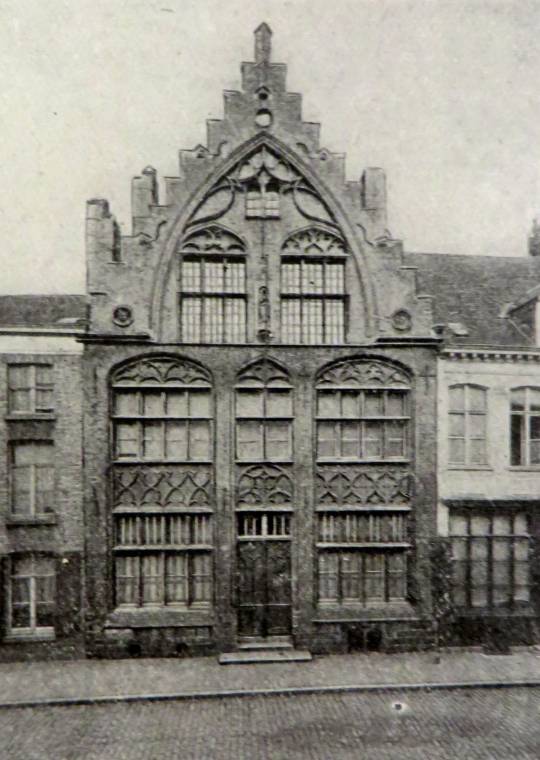
Before: Biebuyge House and below after the war.
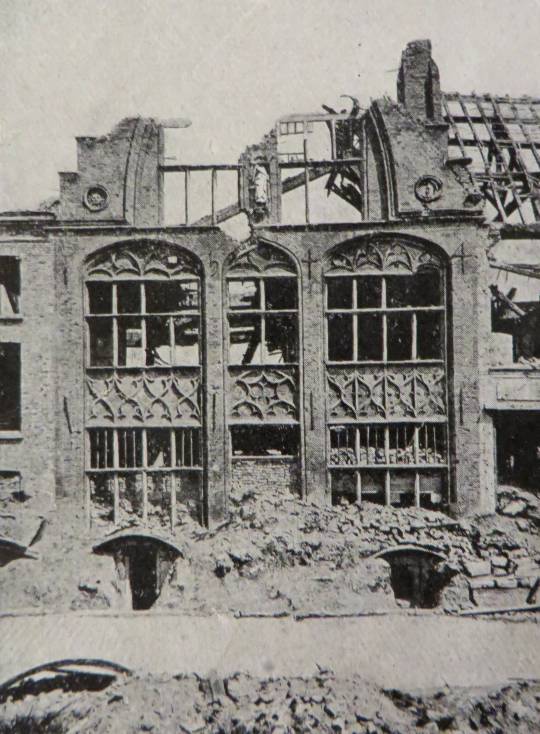
After.
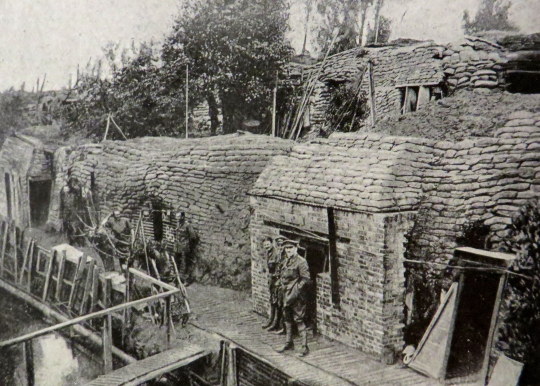
British Defence-works in front of Ypres.
On the back pages of the book is a page outlining what Michelin did in the War by converting their warehouses (four storey) into hospitals with Operating Theatres, X-Ray wards and Laboratory’s in seven weeks and opening on September 22nd 1914. All the expenses were paid by the Michelin company.
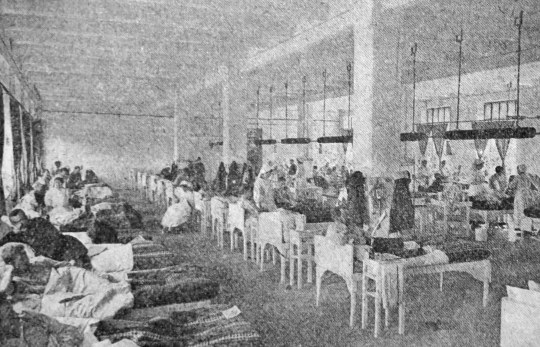
A view of one of the Michelin Wards.
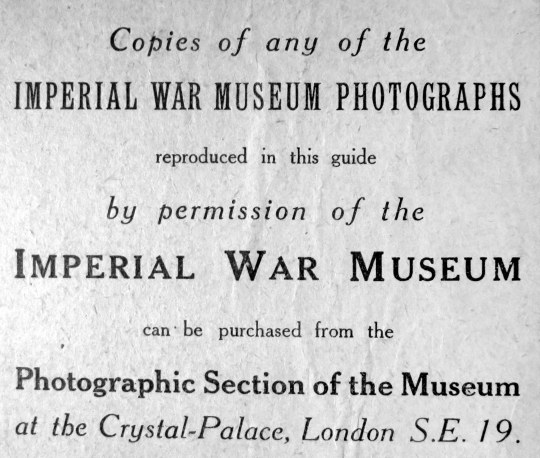
An advert for photographic reproductions of the images in the book, most of them were provided by the Imperial War Museum, London.
